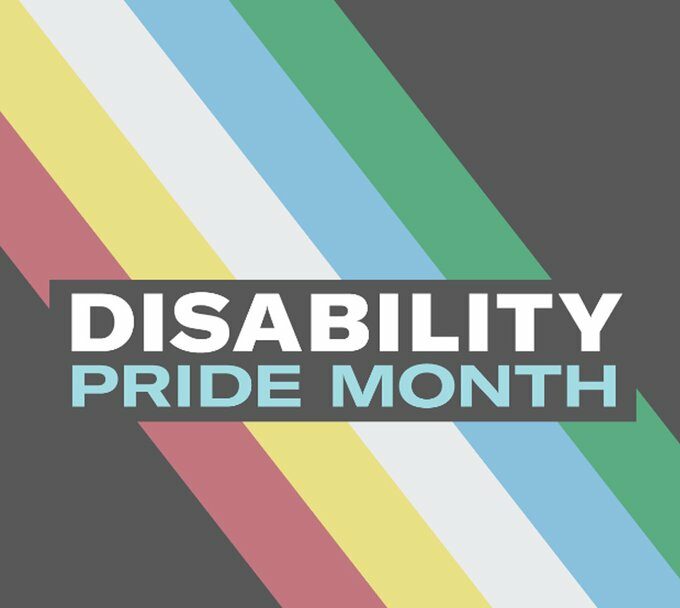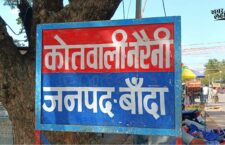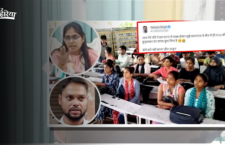Disability Pride Month originated in the United States in 1990 with the goal of promoting inclusion, awareness, and visibility for people with disabilities, as well as redefining public perceptions of disability.
July is celebrated as Disability Pride Month every year, but what does it really mean? This month holds different meanings for each person, as it is shaped by their unique insights and perspectives.
In essence, Disability Pride Month is a celebration of individuals, an acknowledgment of diversity, and a shift in our perceptions of disability. It represents an integral part of every individual’s life journey, as it influences their identity and shapes their perception of the world. It also shapes one’s identity and influences how they perceive and experience the world around them.
It’s important to note that Disability Pride Month is not exclusively for individuals with disabilities; it is for everyone. It is a time for unlearning and educating ourselves, challenging our preconceptions, and becoming more effective allies.
It is crucial to understand that disability is not a tragedy, burden, or something unusual, but rather a natural aspect of human diversity. Unfortunately, society often marginalizes and disregards the experiences of individuals with disabilities, perpetuating a cycle of exclusion across generations. It is essential to embrace and respect all disabilities and identities.
The Origins of Disability Pride Month
Disability Pride Month originated in the United States in 1990 with the goal of promoting inclusion, awareness, and visibility for people with disabilities, as well as redefining public perceptions of disability. The first celebration took place in Boston, coinciding with the signing of the Americans with Disabilities Act (ADA). In 2015, the 25th anniversary of the ADA marked the first official celebration of Disability Pride Month.
Fostering Pride and Solidarity:
According to the Global Network of Young Persons with Disabilities, Disability Pride Month aims to foster pride, not only in terms of personal self-esteem but also as a sense of community and solidarity. It recognises that individuals with disabilities have a rich history, vibrant culture, and valuable perspectives. It is about asserting, “We are here, we are proud, and we deserve to be seen and heard.”
Ironically, ableism remains one of the biggest challenges that disabled people face in their daily lives. Disability Pride Month serves as a reminder to address and overcome these ableist attitudes and behaviors.
The Disability Pride Flag
The Disability Pride Flag, designed by Ann Magil in 2019, originally featured a “lightning bolt” band with five bright colors against a charcoal background. However, some disabled individuals found it inaccessible due to the brightness and array of colors. In response, a refreshed version was released in 2021, featuring more subdued tones to ensure accessibility and inclusivity for all.
Symbolism of the Flag
The charcoal background symbolizes the individuals in the community who have faced ableist violence, as well as representing their ongoing protest. The “band/road” shape represents the barriers disabled people encounter and their navigation through life. The various colors within the shape represent the creativity displayed while navigating life’s challenges and the community’s breaking free from authority. Each color signifies different experiences and needs within the disabled community, such as mental illness, developmental disabilities, invisible disabilities, physical disabilities, and sensory disabilities.
Taking Action
The celebration of Disability Pride Month goes beyond a single month; it represents a lifetime of experiences for many individuals with disabilities, emphasizing the importance of dignity, respect, and pride. We can start by actively listening to individuals with disabilities, acknowledging that their real-life experiences are just as important as any academic research. By learning from their experiences and amplifying their voices, we can challenge ableism in our language, attitudes, and actions. It is our responsibility to advocate for accessibility, inclusion, and equal rights. Let us celebrate the achievements and contributions of individuals with disabilities, not only in July but throughout the year.
Read this article (here) in Hindi.
This article is edited by Srishti Mehra.



